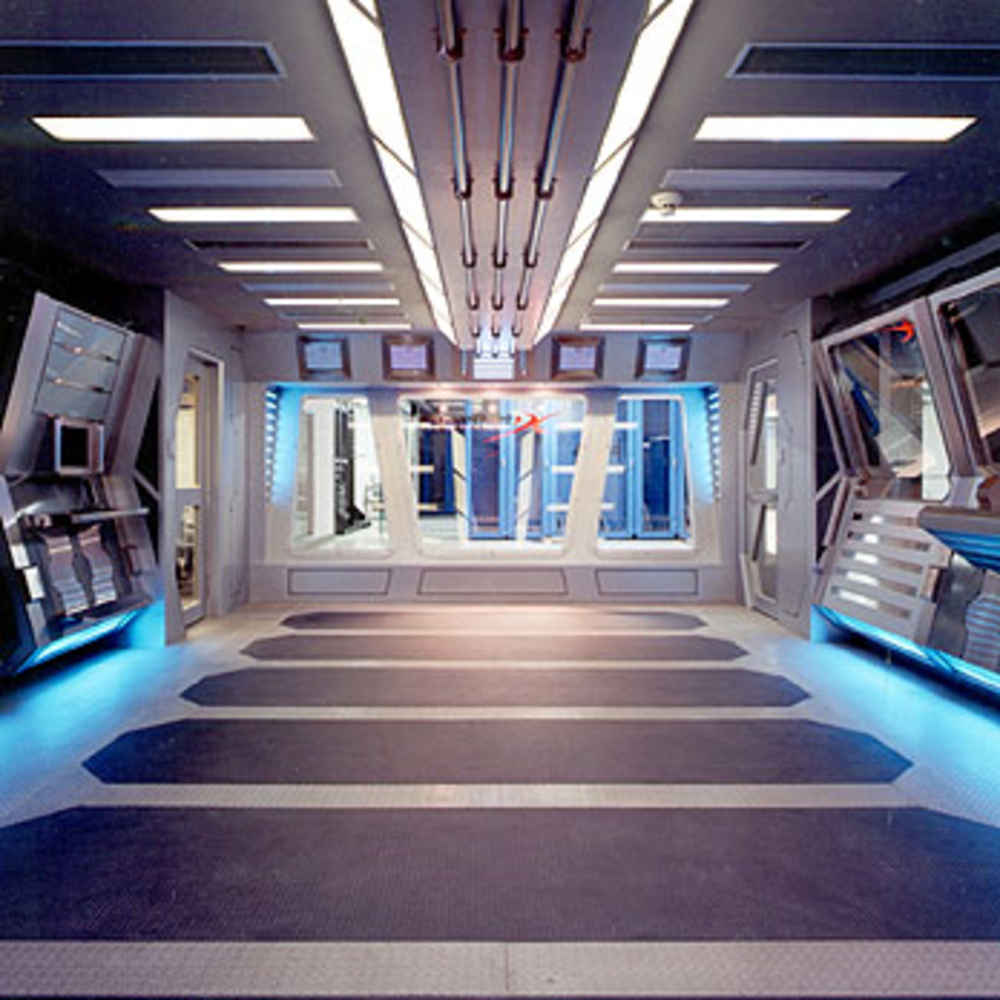DSL is a broadband connection that uses the existing telephone line.
DSL provides high-speed data transmissions over the twisted copper wire, the so-called “last-mile” or “local loop”, that connects a customer’s home or office to their local telephone
company Central Offices (COs).There are a number of different types of DSL and they are referred to collectively as xDSL.
DSL is the transmission of digital information, usually on
a copper wire pair. Although the transmitted information is in digital form,
the transmission medium is usually an analog carrier signal (or the combination of many analog carrier signals) that is modulated by the digital information signal.
DSL was first used in the 1960s to describe the T-1
circuits that were extended to the customer premises. Later the same term
was used to describe ISDN basic rate interface (BRI) (2B+D, 144 Kbps) and
primary rates interface (PRI) (23B+D, 1.544 Mbps). There are several different digital subscriber line technologies. Each of these DSL technologies
usually has a prefix to indicate the specific variant of DSL technology.
Hence, the “x” in xDSL indicates that there are many forms of xDSL technology.
DSL transmission allows high-speed data transmission over existing twisted pair telephone wires. This has the potential providing high-speed data
services without the burden of installing new transmission lines (e.g., for
Internet access).
DSL service dramatically evolved in the mid 1990s due to the availability of
new modulation technology and low cost electronic circuits that can do
advanced signal processing (e.g., echo canceling and multiple channel
demodulation). This has increased the data transmission capability of twisted pair copper wire to over 50 Mbps.
The data transmission capability of a DSL system varies based on the distance of the cable, type of cable used, and modulation technology. There are
several different DSL technologies. Each of the DSL technologies mixes diferent types of transmission technologies to satisfy a specific business need.
China has the largest DSL population in the world with almost 14 million subscribers in the first quarter of 2004, followed by Japan and the USA. In global terms, the Asia Pacific region has
29.34 percent of all DSL subscriptions, followed by the European Union with 28.18 percent,
then South and Southeast Asia with 20 percent and North America with 17.60 percent
High Bit Rate Digital Subscriber Line (HDSL)
High bit rate digital subscriber line is an all digital transmission technology that is used on 2 or 3 pairs of copper wires that can deliver T1 or E1 data
transmission speeds. HDSL is a symmetrical service.
ADSL (Asymmetric Digital Subscriber Line)
ADSL transmit high bit rate data in the forward direction to the subscriber, and lower bit rate data in the reverse direction to the central office, both on a single copper telephone loop. ADSL standards use discrete multi-tone (DMT) modulation [2]. DMT divides the
effectively bandlimited communication channel into a larger number of orthogonal narrowband subchannels. This allows for maximizing the transmitted bit rate and adapting to changing line conditions.
The analog information can be a standard POTS or ISDN signal. The maximum downstream digital transmission rate (data rate to the end user) can vary from 1.5 Mbps to 9 Mbps downstream and the maximum upstream digital transmission rate (from the customer to the network) varies from 16 kbps to approximately 800 kbps. The data transmission rate varies depending on distance, line distortion and settings from the ADSL service provider.
Very High Bit Rate Digital Subscriber Line (VDSL)
VDSL is a communication system that transfers both analog and digital information on a copper wire
pair. The analog information can be a standard POTS or ISDN signal and
the typical downstream digital transmission rate (data rate to the end user)
can vary from 13 Mbps to 52 Mbps downstream and the maximum upstream
digital transmission rate (from the customer to the network) can be 26
Mbps. The data transmission rate varies depending on distance, line distor-
tion and settings from the VDSL service provider. The maximum practical
distance limitation for VDSL transmission is approximately 4,500 feet
(~1,500 meters). However, to achieve 52 Mbps, the maximum transmission
length is approximately 1,000 feet (~300 meters).
more from Wikipedia en.wikipedia.org/wiki/Digital_subscriber_line
more from About.com http://compnetworking.about.com/od/dsldigitalsubscriberline/g/bldef_dsl.htm

















